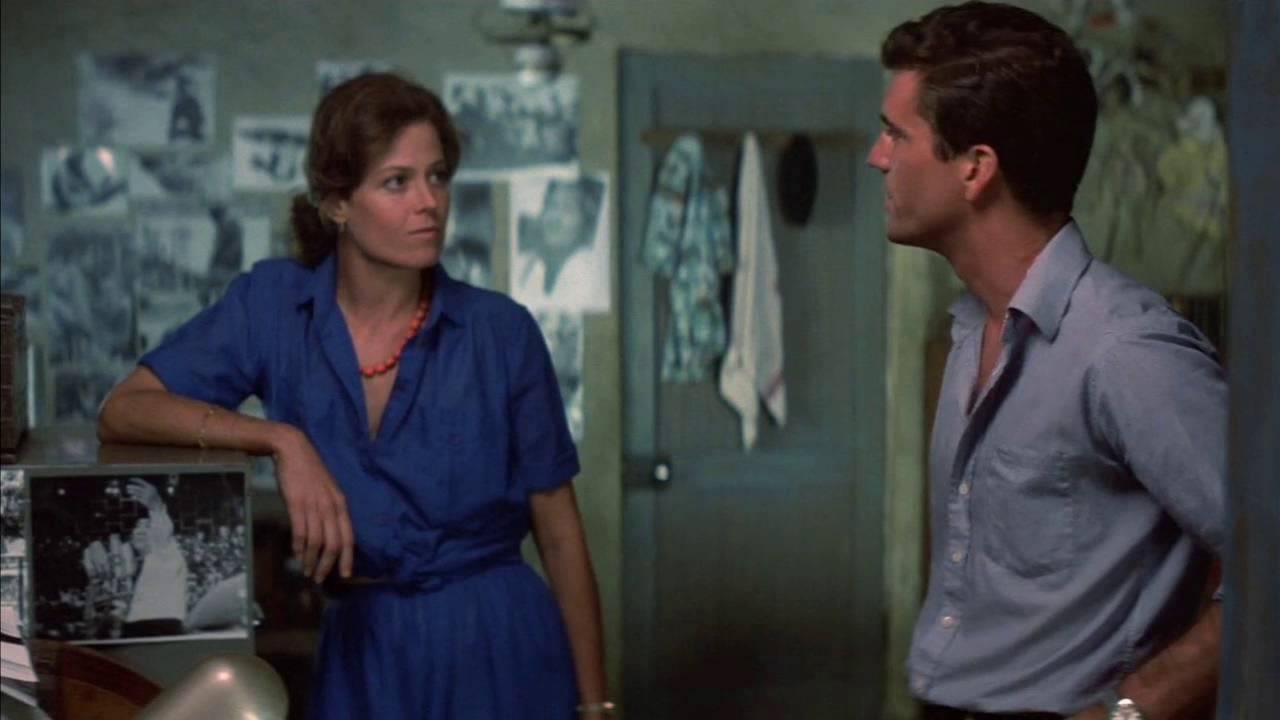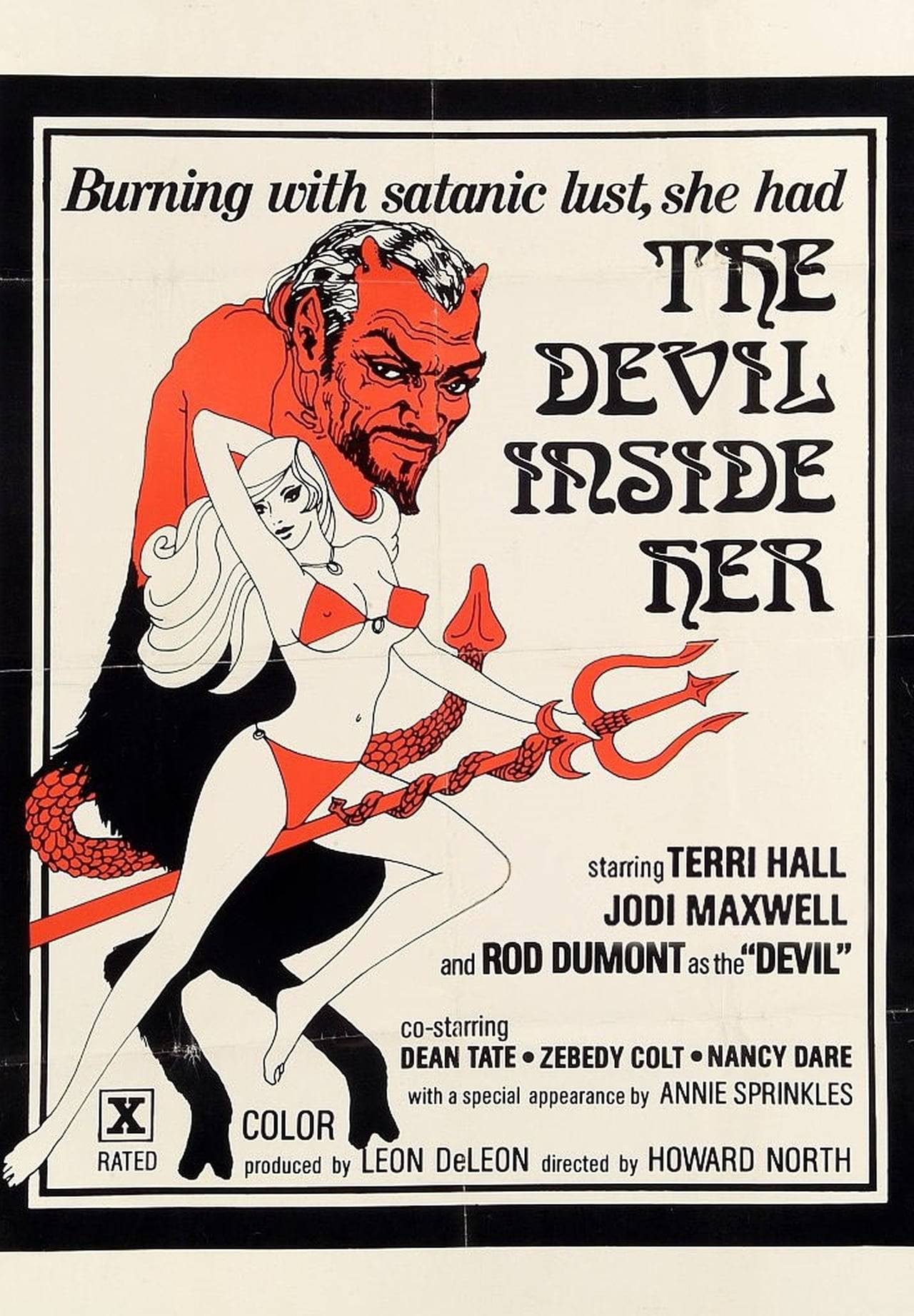Dragons Forever (Hung, 1988)

Listen, you show me an '80s Jackie Chan movie, I guarantee you it's a good time or your money back. (In this hypothetical, I'm charging you money to pat you on the back for your movie selections. A surprisingly lucrative grift, in this hypothetical, that is.) You add Sammo Hung, I call that leveling up, my friend. And throw Yuen Biao into the mix, well, now we have a party. Now, if in that hypothetical, you picked Fearless Hyena 2 (where Jackie left the production and his departure was hidden with a stand-in and lots of stock footage from the first Fearless Hyena) and Heart of Dragon (where Sammo plays Jackie's developmentally disabled brother with all the tact of the Simple Jack gag from Tropic Thunder) for the first two picks, well, those are still a good time, there's just more compartmentalizing required to enjoy them. Luckily, for the third pick, there are fewer options so it's harder to go wrong, and if you settled on this movie, there's not much you have to excuse here. (Of course, if you gave this a shot based on this poster that uses an image from Twinkle Twinkle Lucky Stars, you might be very confused as Andy Lau is nowhere to be seen here.)
The plot here concerns Jackie playing a lawyer defending a gangster whose factory is polluting the water and killing the livestock of a fishery owner. In his scheme to win the case, he enlists the help of Sammo, a dirty tricks operator first seen in an arms deal gone awry (a number of the posters feature Sammo brandishing assault weapons, which literally only happens in this scene and is not at all reflective of the film's overall tone) and Yuen Biao, a philosophically confused cat burglar alienated by both capitalism and communism (he subjects his pet birds to the former and his pet fish to the latter). Much of this is fodder for comedic hijinks, with Sammo and Yuen Biao getting into it as neither is initially aware of the other's relationship to Jackie. Sammo spies on the fishery owner with an elaborate satellite headset and then foils what he thinks is a robbery by Yuen Biao, who was attempting to place a bug in the fishery owner's apartment, and later the two of them get into a fight that Jackie clumsily tries to hide while having the fishery owner's sexy cousin (Miss Hong Kong 1987 Pauline Yeung) over for dinner. And along the way, love blossoms, with sentimental Cantopop tunes playing while Jackie romances the cousin and Sammo romances the fishery owner. This stuff is corny as hell, but I ate it all up. (Also, if you must ask, Jackie and Sammo are in that tier of movie stars who have first name status, like Eddie and Clint. Yuen Biao is in the second tier of stars who we refer to by their whole name, like John Wayne and Marilyn Monroe. Sorry, I don't make the rules.)
Of course, because they are all essentially good hearted, they decide to do what's right and help the fishery owner, and go to the gangster's factory to find evidence of wrongdoing and beat the shit out of all his goons, with Jackie having a climactic showdown with Benny "The Jet" Urquidez, in a reprise of sorts of the famous confrontation from the earlier Dragons team-up Wheels on Meals. I don't think this movie is quite as enjoyable as that one, but it's better to savour the differences. Sammo Hung spoke of the relative freedom he was allowed when shooting Wheels on Meals in Spain compared to the restrictions he faced making movies in Hong Kong, and Dragons Forever does feel comparatively claustrophobic, a quality which colours the action. (You'll notice how much of the climax consists of the heroes swinging over or contorting around railings and other obstacles, and there's plenty of the classic prop-heavy Jackie combat we know and love.) I've seen other Letterboxd reviews make comparisons to the Three Stooges, and there's certainly a resemblance in the scenes of the three stars slapping each other in succession, like ricocheting across paddles in a pinball machine.
And while much of the story is a clothesline to hang these sequences on, I do think there's some resonance in the heroes' dilemma. Because Hong Kong has such a specific political history and such a specific cinema, it can be easy to read the former into the latter, but Yuen Biao's political and spiritual confusion foregrounds this dynamic. And I think it also works as a commentary on the stars' talents. Jackie spent his early years having his tremendous abilities exploited by a sleazy producer who was friendly with the mob (Fearless Hyena 2 has a shot of him stuffing snakes down his pants in the first few minutes) only for him to eventually break away and make more fulfilling films. The gangster here could be Lo Wei and the tactics Jackie employs initially could be as slimy as the snakes he stuffed down his pants in that other movie, if you think about it.
Now, if one must quibble with this movie, it's that Jackie and Sammo both end up with girlfriends while Yuen Biao ends up alone (he decries the "gals before pals" mentality of the others at the very end). Meanwhile, Jackie spends the entire movie ignoring his bespectacled colleague who's obviously into him. All I'm saying is, he could hook a brother up.
__________________





